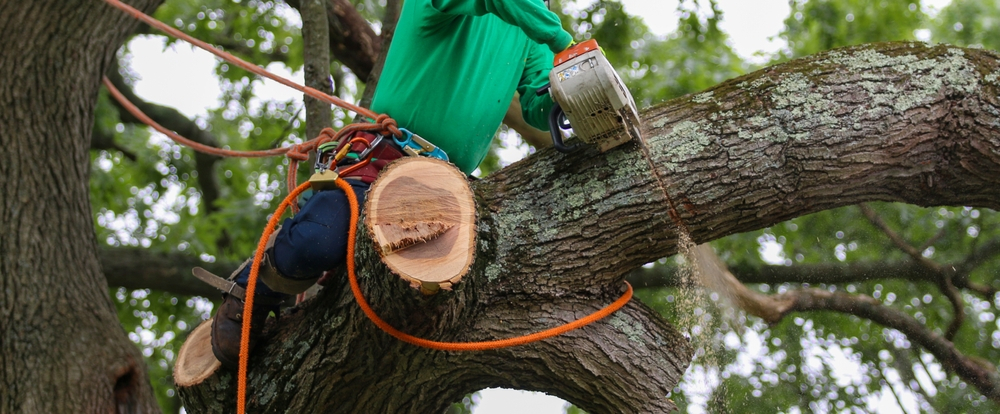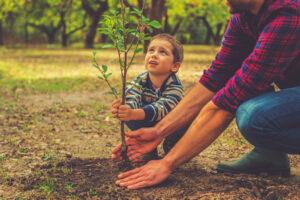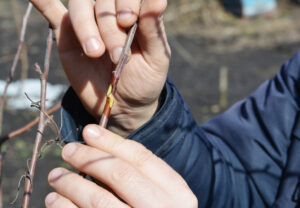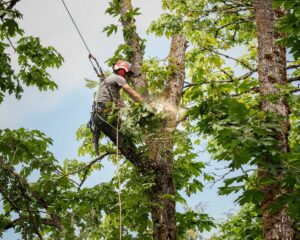Navigating Tree Trimming Regulations: Tips for Different Areas
Trees are not just ornaments in our environment; they are vital components of our ecosystem, providing numerous benefits such as shade, oxygen, and habitat for wildlife. However, to ensure the preservation of these benefits and maintain the safety of our communities, it is essential to understand and adhere to tree trimming regulations in various locales. Whether you reside in a bustling urban center, a serene suburban neighborhood, or a tranquil rural expanse, navigating these regulations is crucial. In this article, we will delve into the importance of tree trimming regulations and provide practical tips for compliance in different areas.
Tree trimming regulations are established to safeguard both the trees and the surrounding environment. These regulations often dictate the permissible methods, timing, and extent of tree trimming activities. Common restrictions may include limitations on trimming during certain seasons to protect nesting birds, requirements for obtaining permits for significant pruning, and specifications on the distance trees should be maintained from power lines and structures. Failure to adhere to these regulations can result in fines, legal consequences, and irreversible damage to the ecosystem.
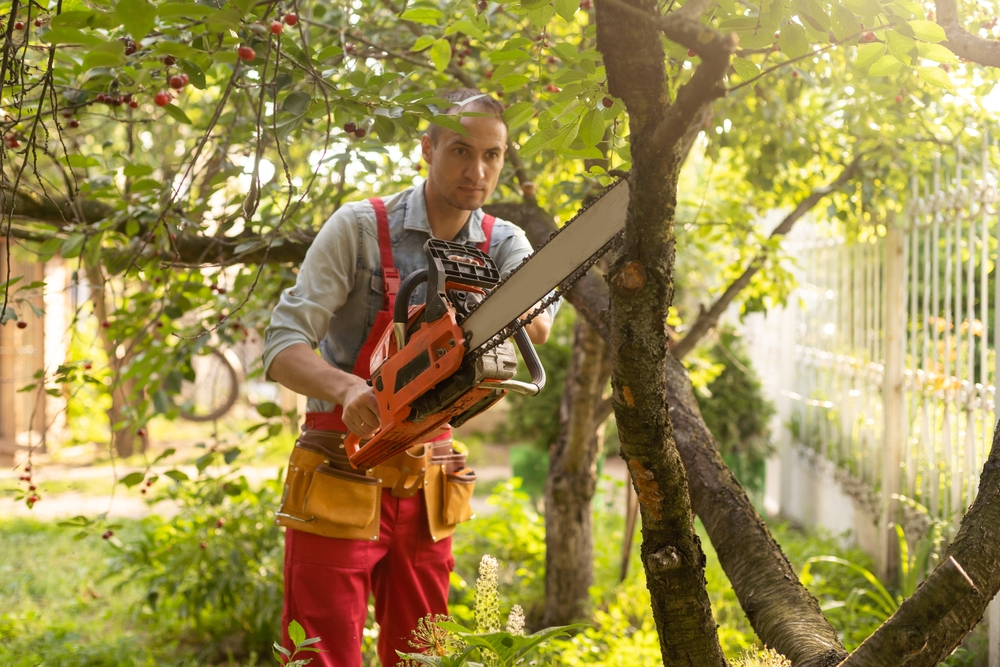
Tips for navigating tree trimming regulations in urban areas:
- Research local ordinances and permits: Urban areas typically have dense populations and a myriad of infrastructure, making tree trimming a delicate endeavor. Before commencing any trimming activities, thorough research into local ordinances and permit requirements is essential. These regulations may vary from city to city and may encompass guidelines on permissible tree trimming methods, protected species, and designated trimming periods. Obtaining the necessary permits demonstrates compliance with regulations and mitigates the risk of legal repercussions.
- Hire a professional arborist: Given the intricacies of urban tree management, engaging the services of a professional arborist is highly advisable. Arborists possess specialized knowledge of tree biology, pruning techniques, and local regulations, ensuring that trimming activities are conducted safely and in accordance with legal requirements. Additionally, certified arborists are equipped with the requisite tools and equipment to perform precise and efficient trimming, minimizing the risk of damage to property and trees.
- Communicate with neighbors and the community: In urban settings, trees are often shared resources that contribute to the overall aesthetics and well-being of the community. Consequently, open communication with neighbors and relevant community stakeholders is essential when undertaking tree trimming endeavors. Discussing proposed trimming activities with neighbors can foster a collaborative approach to tree management, alleviate concerns regarding visual impacts or property boundaries, and garner support for conservation efforts. By fostering a sense of communal responsibility, conflicts can be preemptively mitigated, and the collective health of urban green spaces can be preserved.
Tips for navigating tree trimming regulations in suburban areas:
- Understand property boundaries and ownership: Suburban landscapes are characterized by diverse property configurations and ownership structures, necessitating a clear understanding of property boundaries before embarking on tree trimming endeavors. Property surveys and legal documentation should be consulted to delineate ownership boundaries and ascertain responsibility for tree maintenance. Adhering to property boundaries not only prevents encroachment disputes but also ensures that trimming activities are conducted within legal parameters.
- Check for homeowner’s association rules: Many suburban neighborhoods are governed by homeowner’s associations (HOAs) that enforce regulations pertaining to property maintenance and aesthetics. Before initiating any tree trimming activities, it is imperative to review the covenants, conditions, and restrictions (CCRs) established by the HOA. These regulations may encompass guidelines on tree species, pruning methods, and permissible trimming periods. Compliance with HOA rules fosters harmonious community relations and promotes the preservation of neighborhood aesthetics.
- Consider environmental impact: Suburban environments serve as vital habitats for diverse flora and fauna, making environmental considerations integral to tree trimming practices. Before pruning trees, careful assessment of potential environmental impacts is imperative. Preservation of habitat connectivity, retention of native vegetation, and mitigation of wildlife disturbances should inform trimming decisions. Implementing eco-friendly practices such as selective pruning, habitat enhancement, and tree planting initiatives can enhance suburban biodiversity and promote ecological resilience.
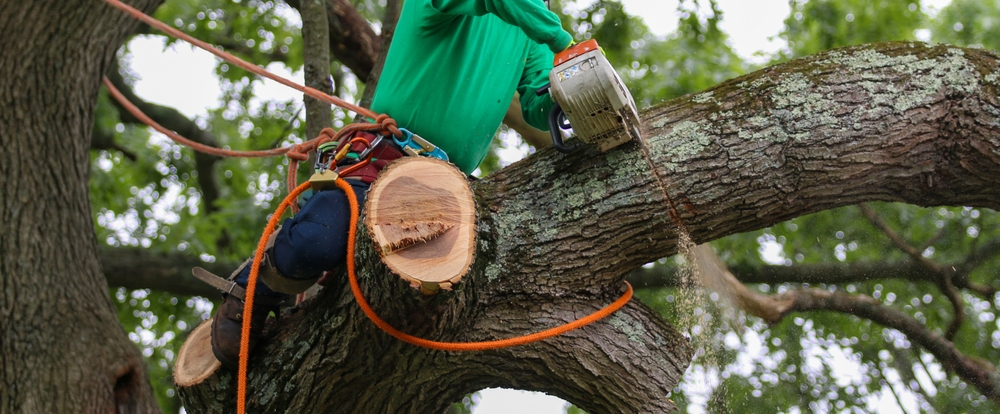
Tips for navigating tree trimming regulations in rural areas:
- Research state and federal laws: Rural landscapes are often subject to state and federal regulations governing natural resource management and conservation. Before undertaking any tree trimming activities, comprehensive research into applicable laws and regulations is essential. These regulations may encompass restrictions on tree removal in protected areas, requirements for environmental impact assessments, and provisions for habitat conservation. Compliance with state and federal laws ensures the sustainable management of rural landscapes and preserves the ecological integrity of natural habitats.
- Consider wildlife and conservation issues: Rural areas are characterized by abundant wildlife populations and diverse ecosystems, underscoring the importance of considering wildlife and conservation issues in tree trimming practices. Prior to pruning trees, careful evaluation of potential impacts on wildlife habitats, migration corridors, and endangered species is imperative. Collaborating with local wildlife agencies, conservation organizations, and forestry experts can provide valuable insights into habitat requirements and mitigation strategies. By integrating wildlife-friendly practices into tree trimming activities, rural landowners can contribute to biodiversity conservation and ecosystem resilience.
- Consult with a forestry expert: When navigating complex regulatory frameworks and ecological considerations, seeking guidance from a qualified forestry expert is invaluable. Forestry professionals possess specialized knowledge of forest ecosystems, land management practices, and regulatory compliance requirements. By consulting with a forestry expert, landowners can gain insights into sustainable tree management strategies, regulatory obligations, and conservation priorities. Furthermore, forestry experts can provide tailored recommendations based on site-specific conditions, thereby facilitating informed decision-making and optimizing the ecological benefits of tree trimming activities.
Conclusion
Tree trimming regulations serve as critical safeguards for preserving the health, safety, and ecological integrity of our natural landscapes. Whether in urban, suburban, or rural settings, adherence to these regulations is paramount to sustainably managing our tree resources and fostering vibrant communities. By proactively researching local ordinances, engaging professional expertise, fostering community collaboration, and prioritizing environmental stewardship, individuals can navigate tree trimming regulations effectively while safeguarding the vitality of our urban forests, suburban green spaces, and rural landscapes. Remember, compliance with regulations not only ensures legal adherence but also cultivates a culture of responsible stewardship for future generations to enjoy.
Tree Trimming Richmond
(804) 533-3943
https://treetrimmingrichmond.com/

